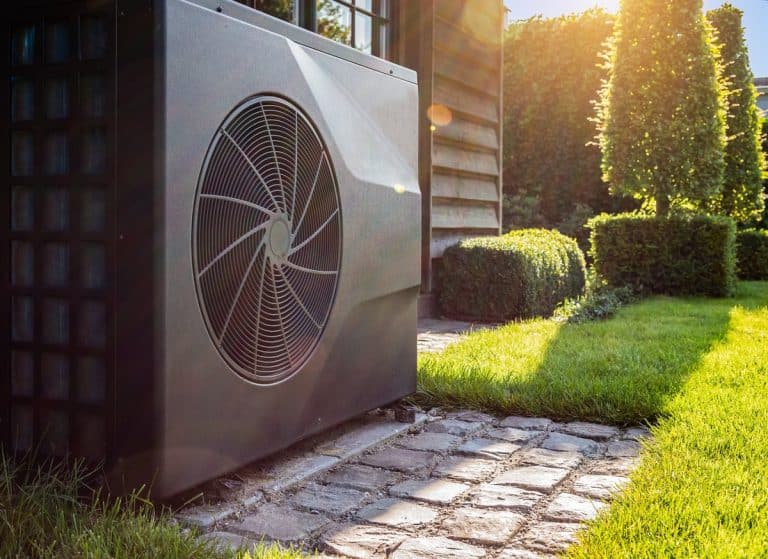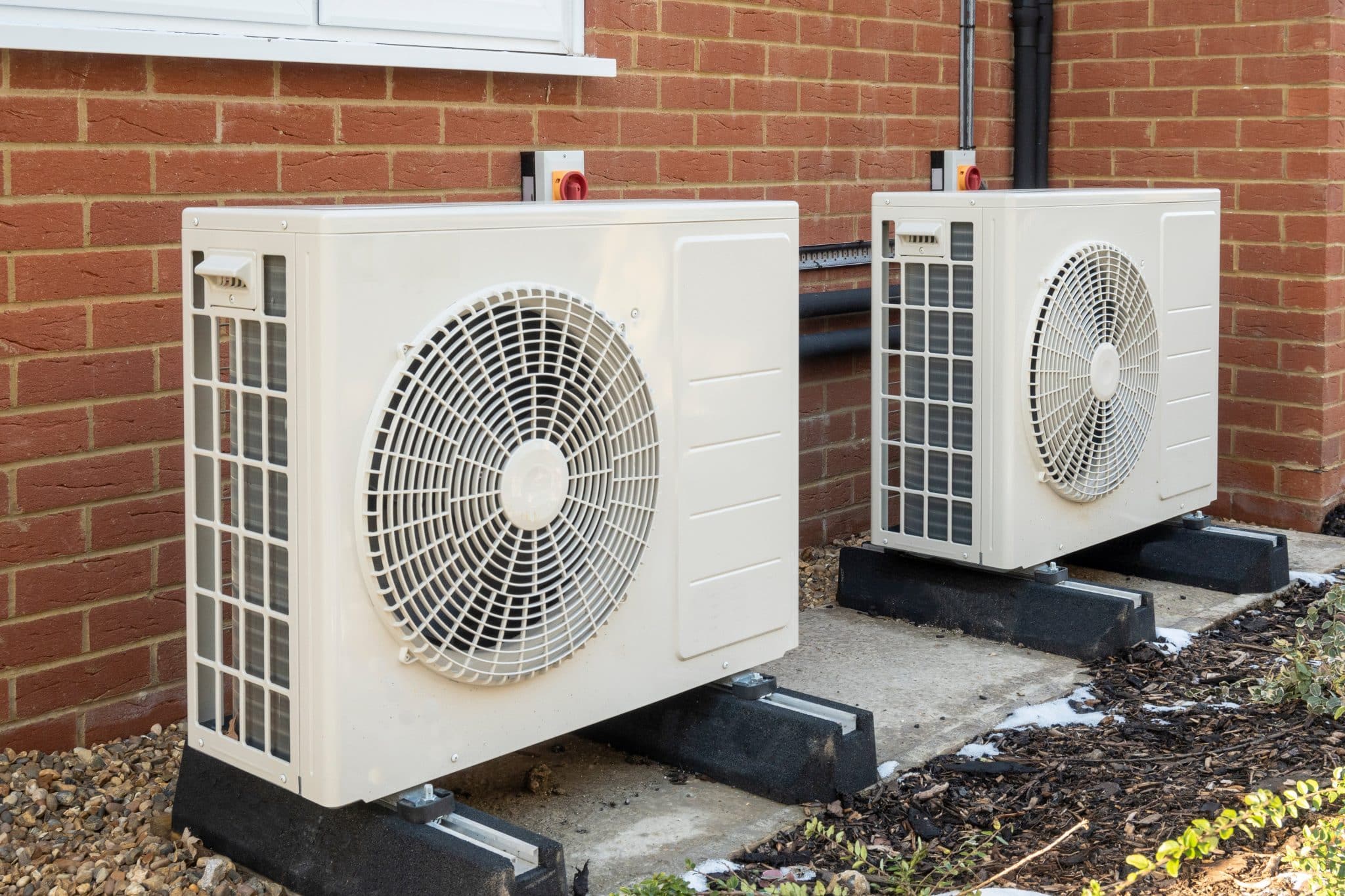\In the seemingly endless quest for home comfort, the pursuit of an efficient, reliable, and sustainable heating and cooling solution can feel like a daunting task.
Amid a plethora of choices, one technology stands out for its simplicity, efficiency, and environmental friendliness: the Air Source Heat Pump (ASHP). This remarkable system is not only transforming how we think about climate control in our homes but also paving the way for a greener and more comfortable future.
What Are Air Source Heat Pumps?
Air Source Heat Pumps are innovative systems designed to heat and cool buildings by transferring heat from outside to inside a space or vice versa.
Unlike traditional heating systems that burn fuel or use electric resistance to generate heat, an ASHP simply moves existing heat from one place to another—making them an incredibly efficient alternative.
They work by absorbing heat from the outdoor air—even in cold temperatures—compressing it to increase its temperature, and then distributing it inside the home.
How Do They Work?
The functionality of an ASHP can be likened to a refrigerator working in reverse. At the heart of the system is a refrigerant—a substance that absorbs and releases heat as it changes from a liquid to a gas and back again.
In heating mode, the ASHP absorbs heat from the air outside, even on cold winter days, compresses the refrigerant to increase its temperature, and then delivers that heat inside the home. Conversely, in cooling mode, the process is reversed, extracting heat from the indoor air and releasing it outdoors.
The Dual Role of ASHPs: Heating and Cooling
One of the most appealing aspects of Air Source Heat Pumps is their versatility. Not only can they effectively heat your home during the colder months, but they can also reverse their operation to cool your home in the summer.
This dual functionality makes ASHPs an all-in-one solution for year-round comfort, eliminating the need for separate heating and cooling systems.
Efficiency and Environmental Impact
The efficiency of ASHPs is measured by their Coefficient of Performance (COP) for heating and their Energy Efficiency Ratio (EER) for cooling. Remarkably, ASHPs can achieve a COP of 3 or higher, meaning they can produce three times the amount of heat energy than the electrical energy they consume.
This high efficiency translates not only into significant savings on energy bills but also a reduced environmental footprint. By leveraging the ambient air temperature and minimizing electricity use, ASHPs play a pivotal role in cutting down greenhouse gas emissions associated with home heating and cooling.
Installation and Maintenance
The process of installing an Air Source Heat Pump varies depending on the type and the specifics of the home. Broadly speaking, ASHPs can be categorized into two types: ducted and ductless.
Ducted systems utilize existing air ducts in the home to distribute heated or cooled air, while ductless, or mini-split, systems directly heat or cool individual rooms without the need for ductwork. Regardless of the type, it’s crucial to consult with a professional to ensure proper sizing and installation for optimal performance.
Maintenance requirements for ASHPs are relatively minimal but crucial for ensuring the longevity and efficiency of the system. Regular checks, such as cleaning filters and ensuring there’s no debris around the outdoor unit, can go a long way in maintaining optimal operation.
Cost Considerations
The initial cost of an Air Source Heat Pump system can be higher than traditional heating and cooling systems. However, the long-term savings on energy bills, coupled with potential government incentives for green energy solutions, can offset the initial investment.
Additionally, the reduced maintenance costs and the longevity of ASHPs further contribute to their cost-effectiveness over time.
Embracing the Future with ASHPs
Air Source Heat Pumps represent a significant step forward in the quest for sustainable and efficient home comfort solutions. By harnessing the power of the ambient air, these systems offer an eco-friendly alternative to traditional heating and cooling methods.
Whether you’re building a new home or looking to upgrade your existing climate control system, considering an ASHP could unlock the secret to effortless comfort—all while contributing to a healthier planet.
In conclusion, Air Source Heat Pumps are an excellent investment for those looking to enhance their home comfort without compromising on efficiency or environmental responsibility. As technology continues to evolve, ASHPs stand ready to meet the ever-growing demand for sustainable solutions, marking a new era in home heating and cooling.







